I’m back with another update on my California Coastline art collection! In Part 1, I talked about some of the things that happen before any paint gets on the canvas. Here in Part 2, I’ll show some behind-the-scenes process for how I prepare my canvases.
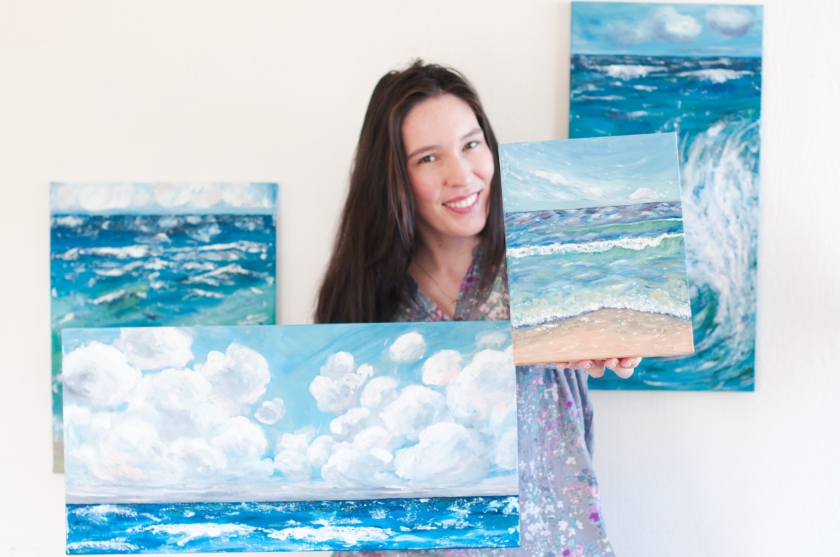
In general, I’ll prepare my canvases with a couple of rounds of priming and sanding. I’ll do this even for canvases I buy “pre-primed” – because I like to get the texture of the cotton to a smoothness I like. It’s just personal preference.
1 – Priming the Canvas
For me, priming is an important step that helps prepare the canvas for oil paint. I use a white acrylic primer that you can find at most craft or art supplies labeled as gesso. Having the primer as the base for my painting creates a continuous seal over the canvas, preventing my oil paints from being absorbed into the canvas over time. The primer will also help prevent fine cracks in the paint surface as the painting ages.
I use a wide brush like the one of the left to spread my white acrylic primer over an entire canvas (including the edges!) as a first layer.
2 – Sanding the canvas
Once the primer is dry (it doesn’t usually take more than 15 minutes), I’ll sand it gently. For sanding, I use a fine grain sandpaper – either 220 or 420 (maybe both!).
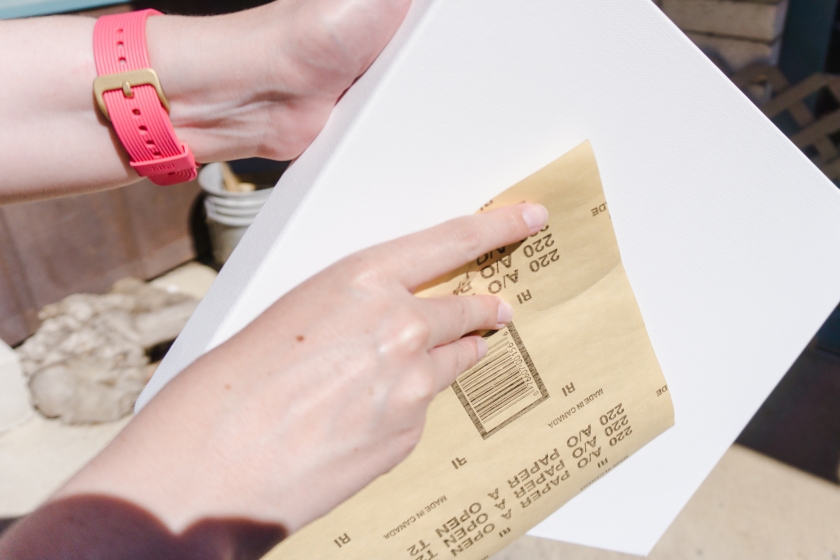
Sanding the canvas between layers of primer helps me achieve the level of smoothness I want – the more layers of primer/sanding, the less texture when it is time to start the painting. I usually do two layers of primer with sanding after each layer because I like to strike that balance of a relatively smooth surface that also still has some tooth to it to grip my paint.
3 – Toning the Canvas
Earth tones are a popular choice for toning canvases – I especially like Raw Sienna or Yellow Ochre. For the ocean scenes I’ve been painting lately, my go-tos have been either Yellow Ochre or Naples Yellow – they give a nice warm feeling to the canvas and compliment my heavy use of blue in the final composition.
Here is an example of a canvas I toned with Naples Yellow from my recent time-lapse video:
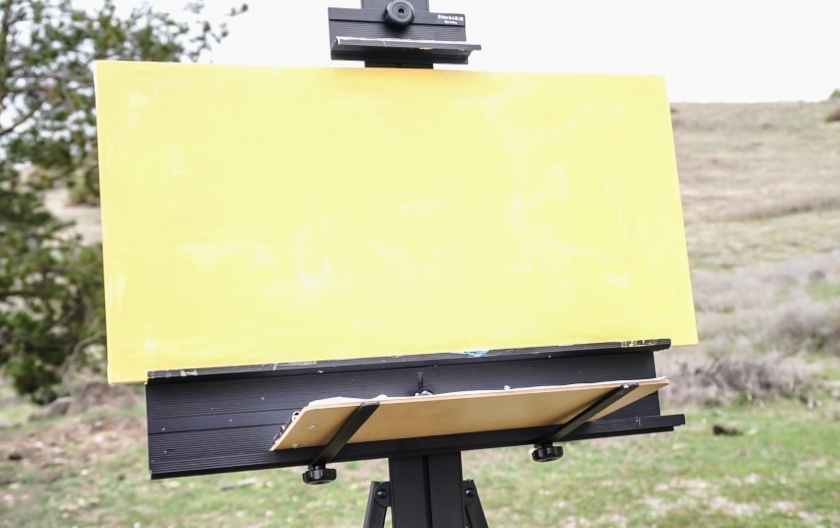
Preparing the canvases overall is a step I really enjoy – it helps me get in the zone before painting. It also helps me feel more confident – like I’m setting myself up for success by providing a strong foundation.
And a quick update on how the collection is coming along — remember the rough sketches from Part 1 where my ideas usually start? Here is one of those alongside how it ended up translating to the canvas:
I love a good before and after. 🙂
-Kate




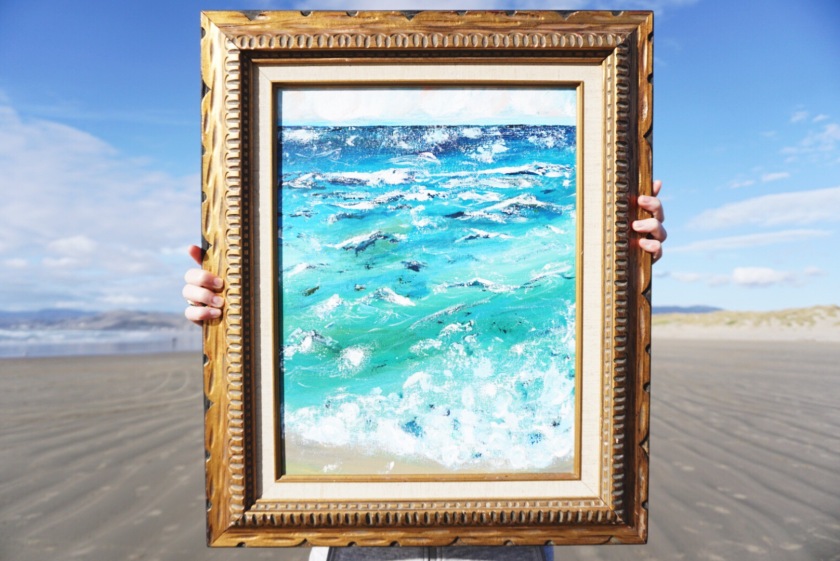
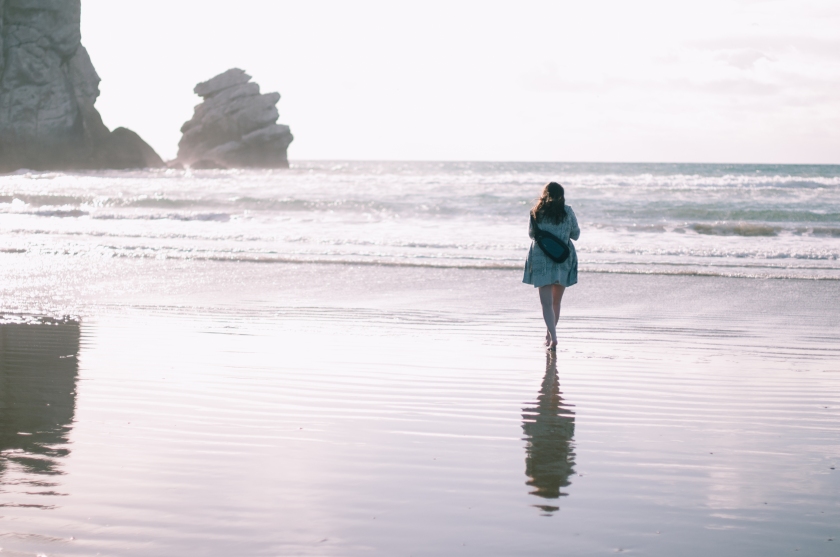
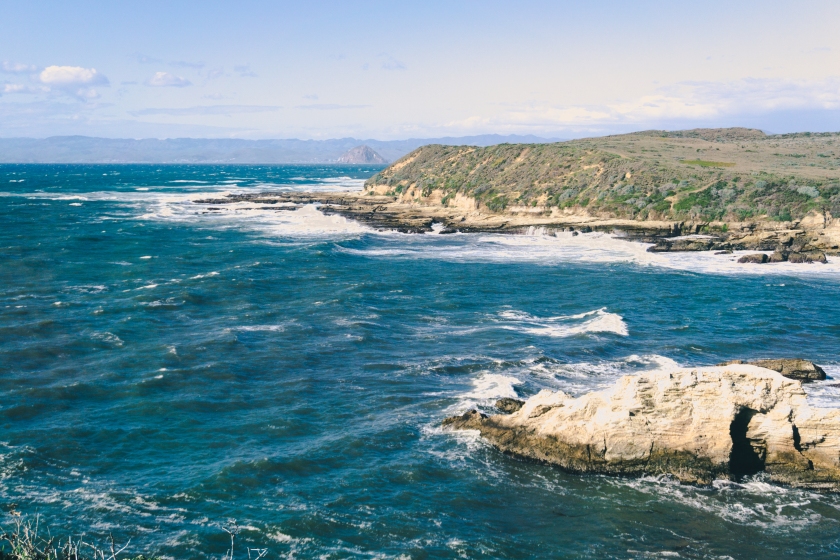
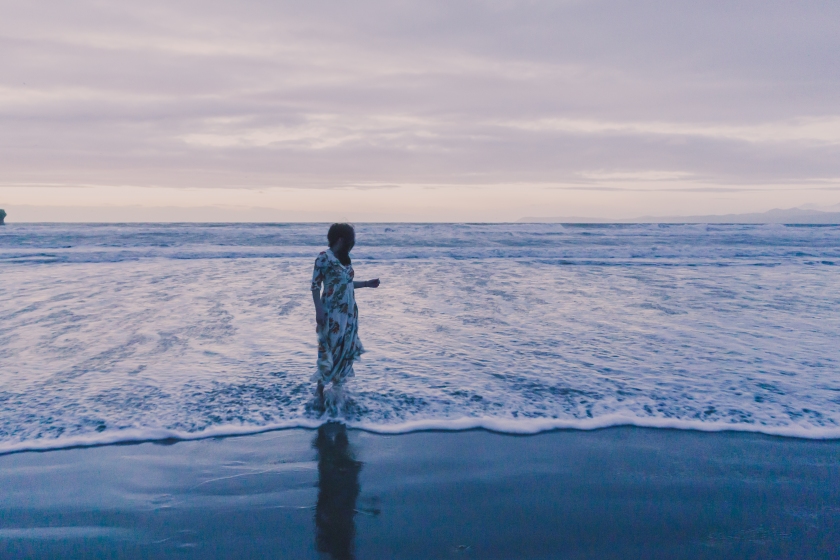


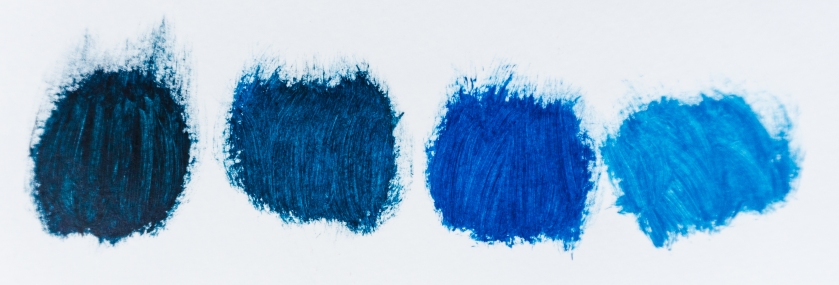
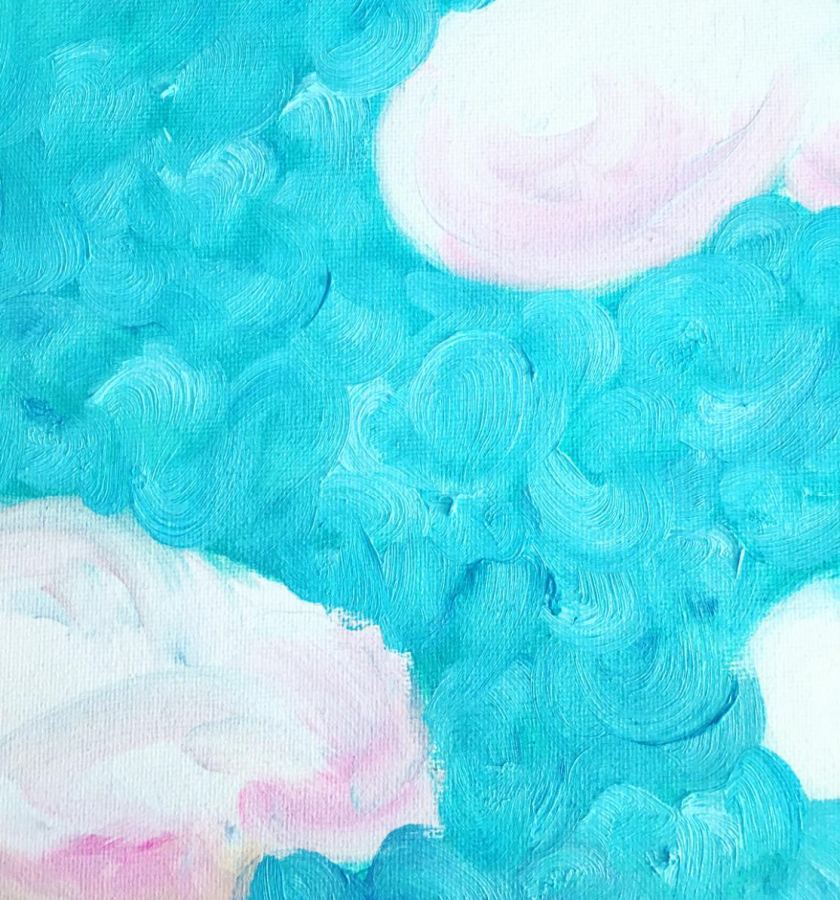
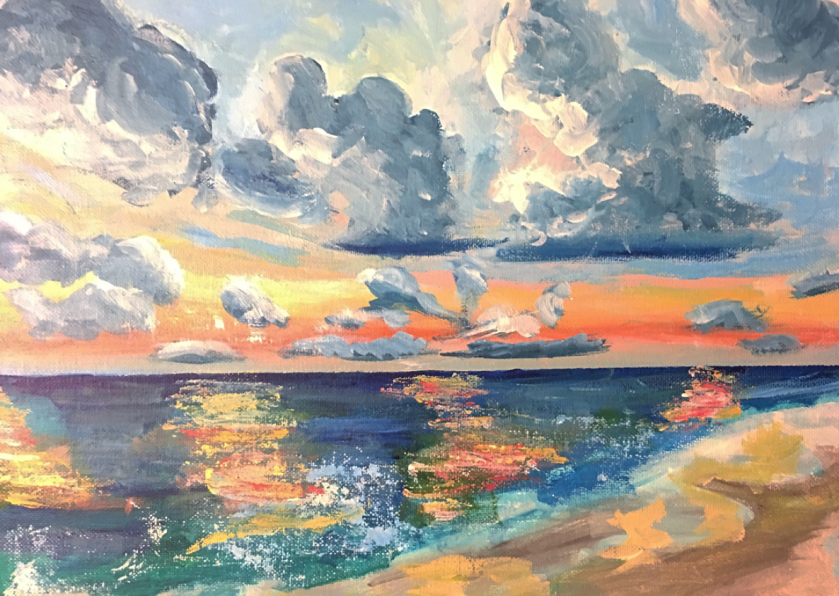



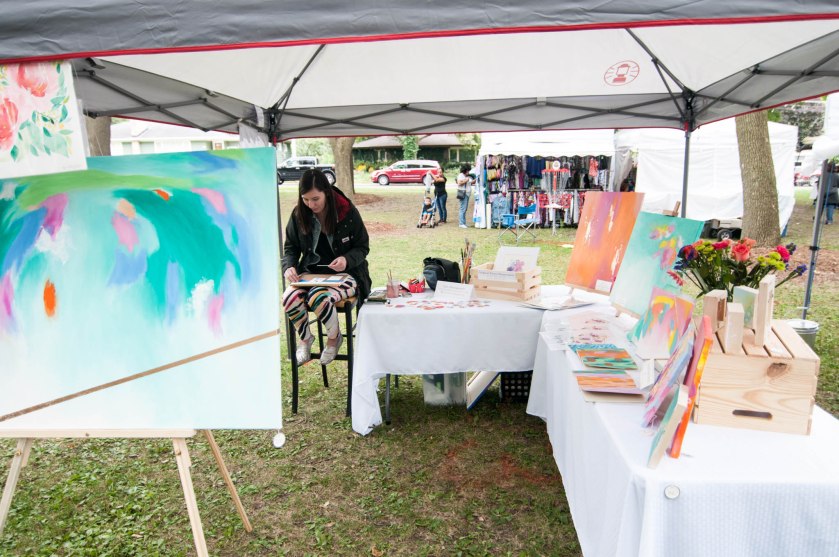






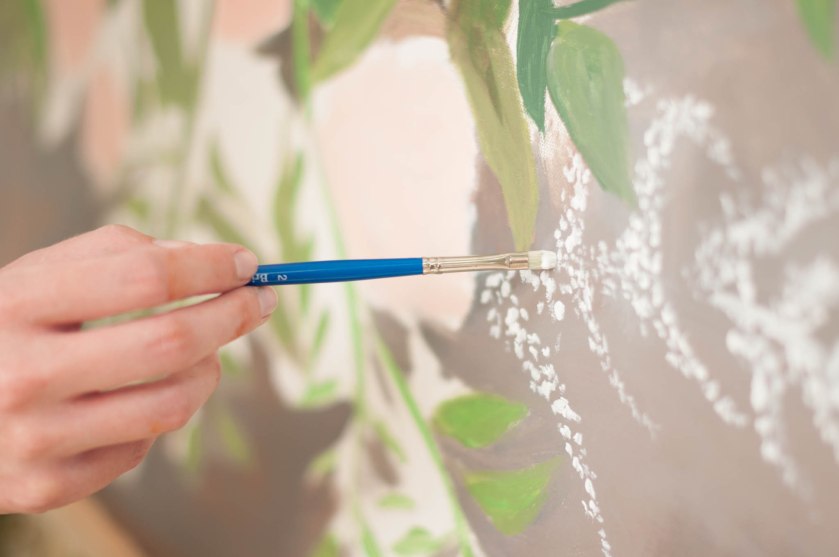 And ended up here by the end of the day:
And ended up here by the end of the day: